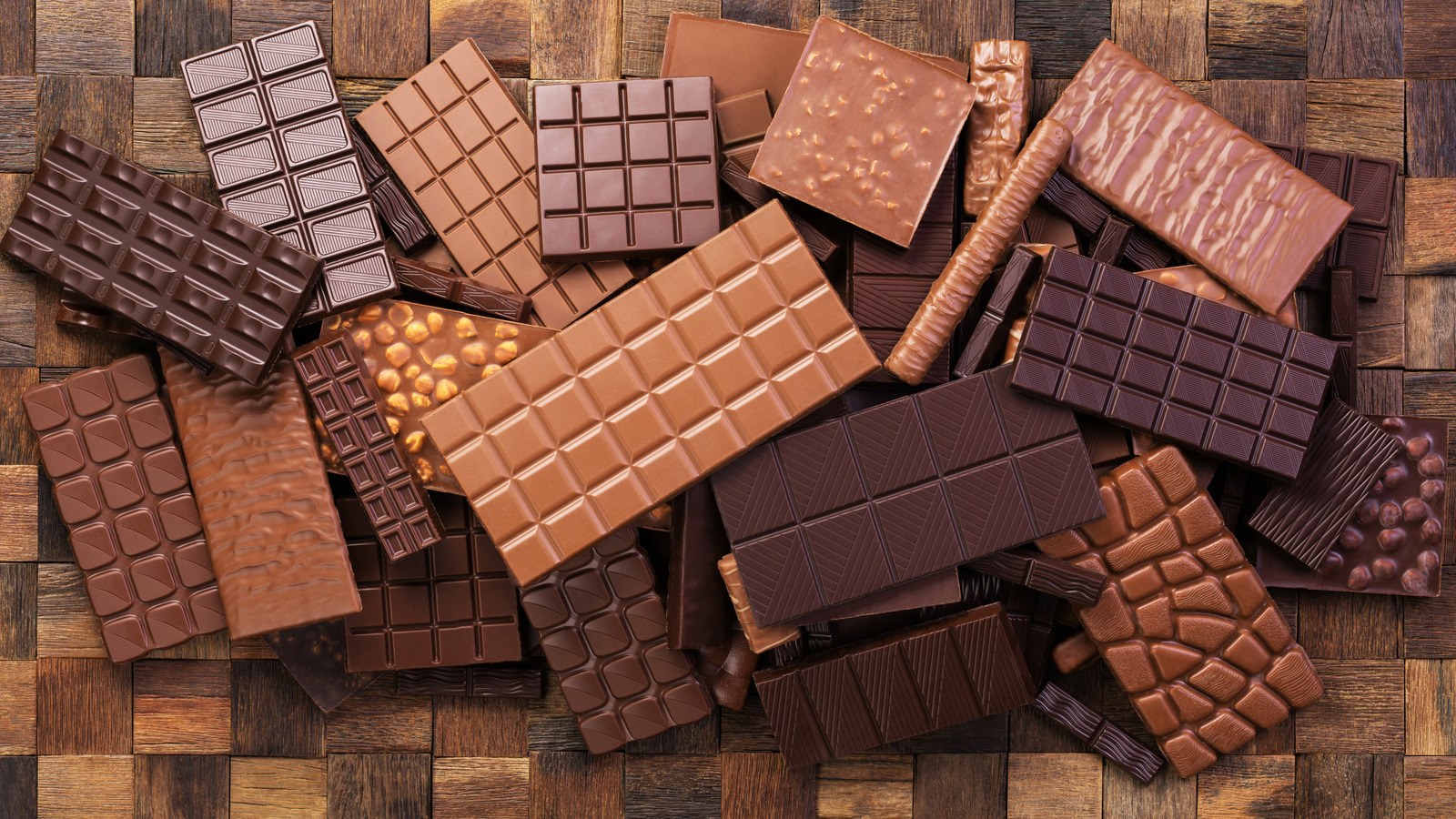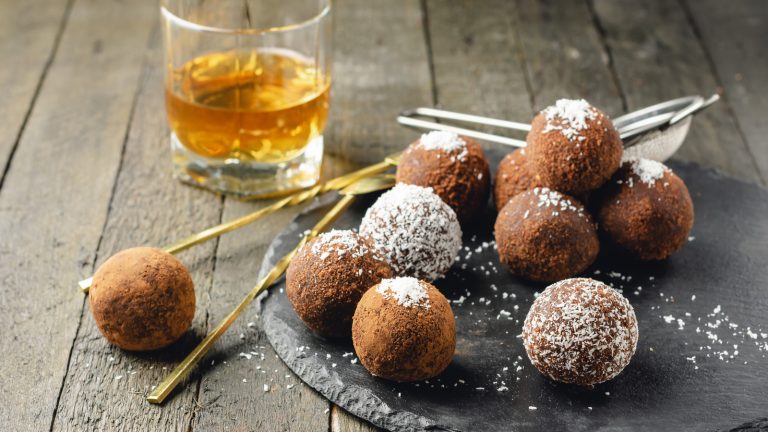It’s a truth universally acknowledged that chocolate is one of the most beloved foods on the planet. Derived from the fruit of the cacao trees in Central and South America, indigenous peoples in those areas enjoyed cacao in various forms for centuries. They valued it so much that nibs were used as currency, and Aztecs offered a version of hot chocolate to their gods. While modern veneration looks a little different, many of us still celebrated when we learned there may be significant health benefits to eating dark chocolate every day.
Of course, even the most popular chocolate bar brands vary in quality; especially with rising grocery prices and the cold reality of shrinkflation turning that once-satisfying snack into a tiny, lackluster bite. More than ever, it seems the best way to access high-quality food is to make it at home — and making homemade chocolate bars is much easier (and faster) than you may think: Just stir together nearly equal parts each of semi-solid fat, cocoa powder, and a liquid sweetener to taste. Pour them into a silicone candy mold and let cool until solid. In addition to checking that you’re using high-quality cocoa powder, it’s important to choose a fat that’s semi-solid at room temperature, such as coconut oil or food-grade cocoa butter. This kind of fat is what lets your bars set, with a texture similar to store-bought varieties. As for liquid sweetener, honey, agave nectar, and pure maple syrup all work beautifully.
Guidelines for glossy chocolate (and flavor ideas)
When making homemade chocolate bars, it’s important to use cocoa powder — rather than chocolate chips or solid baking chocolate — because they contain stabilizing ingredients that could ruin the texture of your final product. Additionally, use caution when melting your chosen fat to avoid boiling; that could change the flavor or cause it to splatter and injure you. It should be fully melted and warm, but not hot. High temperatures could scorch your cocoa powder and make it taste bitter.
It’s also important that your silicone molds are fully clean, dry, and flat when you pour your chocolate into them — you don’t want a layer of dust or pockets of water in the finished product. While your bars should set at room temperature, you should store them in the refrigerator in an airtight container to keep them fresh. During pouring is also the best time to mix in textural components, such as crushed peanuts, almonds, puffed crispy rice, dried cranberries, or your favorite crushed cookies and candies.
If you want to flavor your bars further, add a few drops of any liquid extract while stirring together the fat, sweetener, and cocoa powder. Vanilla is practically a given since it enhances the flavor of the chocolate while adding additional subtle sweetness. Peppermint is always a tasty pairing with chocolate, as are orange and cinnamon. You can also get creative with coffee, coconut, or hazelnut to recreate your favorite flavor profiles.






